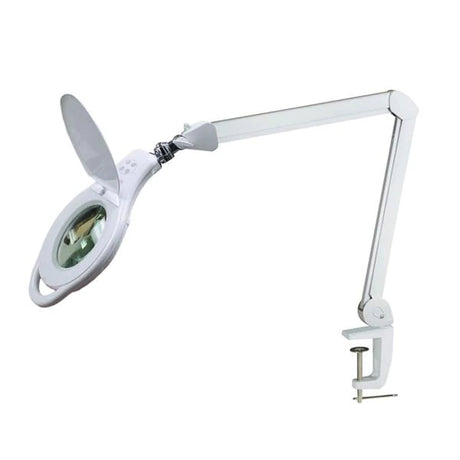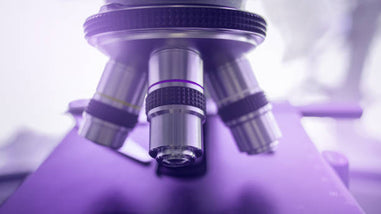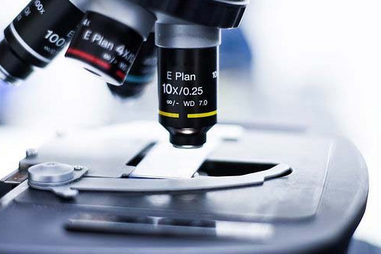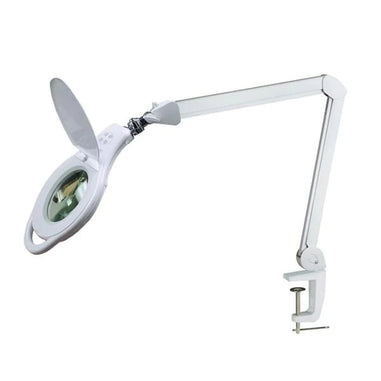- No products in the cart.
In the world of laboratory work, precision and attention to detail are paramount. Whether you are engaged in scientific research, electronics assembly, jewelry making, or any other profession that demands intricate tasks, having the right tools can make all the difference. One such tool that plays a pivotal role in enhancing precision and accuracy is the lab magnifying lamp. However, choosing the right one can be a daunting task due to the wide variety available. In this comprehensive guide, we will explore the essential factors to consider when selecting a lab magnifying lamp, ensuring you make an informed decision that aligns with your specific needs.
1. Magnification Power:
The primary function of a lab magnifying lamp is to provide enhanced magnification for detailed tasks. The magnification power of these lamps can vary significantly, so it's crucial to determine your specific requirements. Common magnification levels range from 2x to 10x or more. Consider the nature of your work and the level of detail you need to observe. For tasks involving tiny components or intricate designs, a higher magnification level may be necessary. However, for general tasks, a lower magnification power may suffice.
2. Lighting Options:
Proper lighting is essential when working with a magnifying lamp. Many magnifying lamps offer various lighting options to cater to different needs:
-
LED Lighting: LED lights are energy-efficient and provide bright, even illumination. They also produce minimal heat, which is crucial for tasks where heat-sensitive materials are involved.
-
Adjustable Brightness: Look for lamps with adjustable brightness settings. This feature allows you to customize the lighting to your specific task and comfort level.
-
Color Temperature Control: Some lamps offer adjustable color temperature settings. This can be particularly useful when you need to differentiate between colors accurately.
3. Adjustability Features:
Ergonomics play a vital role in ensuring comfort during extended periods of work. Consider the lamp's adjustability features:
-
Flexible Arm: A lamp with a flexible and adjustable arm allows you to position the magnifying lens precisely where you need it. This flexibility reduces strain on your neck and eyes.
-
Swivel and Tilt: Look for a lamp with a swivel and tilt feature. This enables you to adjust the angle of the magnifying lens for a comfortable viewing position.
-
Height Adjustment: Some models offer height-adjustable stands or mounting options, allowing you to work at the most comfortable and ergonomic height.
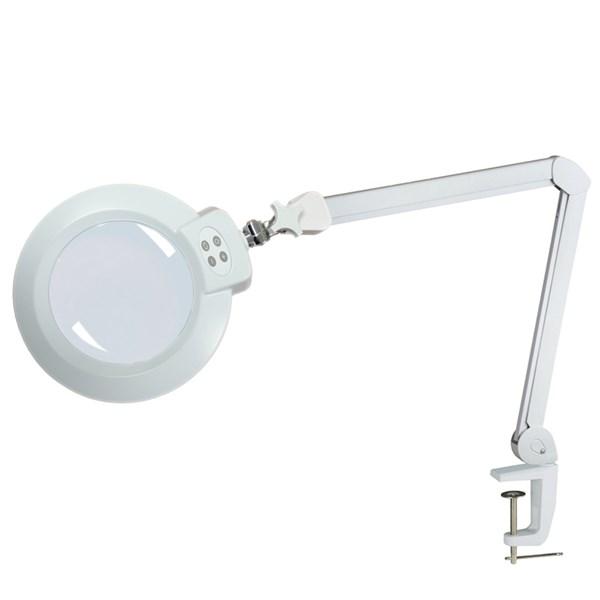
4. Lens Quality:
The quality of the magnifying lens is a crucial factor that directly impacts the clarity of your work. Consider the following aspects:
-
Optical Quality: High-quality, optical-grade lenses provide distortion-free magnification and minimize visual fatigue.
-
Size of Lens: The size of the lens matters, especially if you're working on larger objects or need a broader field of view.
-
Diopter Rating: Some lenses have a diopter rating that indicates their magnifying power. A higher diopter rating means greater magnification.
5. Ergonomic Design:
Comfort and ease of use are essential for productive and enjoyable work. Look for features that enhance the lamp's ergonomic design:
-
Sturdy Base: A stable base ensures that the lamp stays in place while you work, reducing vibrations and wobbling.
-
Comfortable Viewing Distance: Choose a lamp that allows for a comfortable distance between your eyes and the magnifying lens to minimize eye strain.
-
Easy Controls: Intuitive and easy-to-reach controls for adjusting brightness and color temperature contribute to a seamless workflow.
6. Size and Portability:
Consider the available space in your lab or workspace. Some magnifying lamps are compact and portable, making them suitable for smaller work areas or for those who need to move the lamp between locations. Others may be larger and more suitable for dedicated workstations.
7. Durability and Build Quality:
Invest in a magnifying lamp that is built to last. Look for lamps with sturdy construction, quality materials, and a reputation for durability. This ensures that your investment provides long-lasting value.
8. Brand Reputation and Warranty:
Lastly, research the brand and model of the magnifying lamp you are considering. Read reviews and seek recommendations from peers or colleagues. Additionally, check if the lamp comes with a warranty, as this can provide peace of mind in case of any issues or defects.
In conclusion, choosing the right lab magnifying lamp is a decision that can significantly impact the quality and efficiency of your work. By carefully considering factors such as magnification power, lighting options, adjustability features, lens quality, ergonomic design, size, durability, and brand reputation, you can make an informed choice that aligns perfectly with your specific needs and preferences. A well-chosen lab magnifying lamp not only enhances precision but also contributes to a more comfortable and enjoyable work experience.
For over 40 years, Lab Pro Inc. has been committed to delivering the highest quality lab equipment, lab supplies, Excelta hand tools, reagents, distance learning kits, and cleanroom PPE apparel. Renowned by global medical device companies and laboratories, we ensure exceptional quality in every product. Contact us online or call 888-452-2776 to learn more. Discover top-notch lab supplies and elevate your experiments today!



































